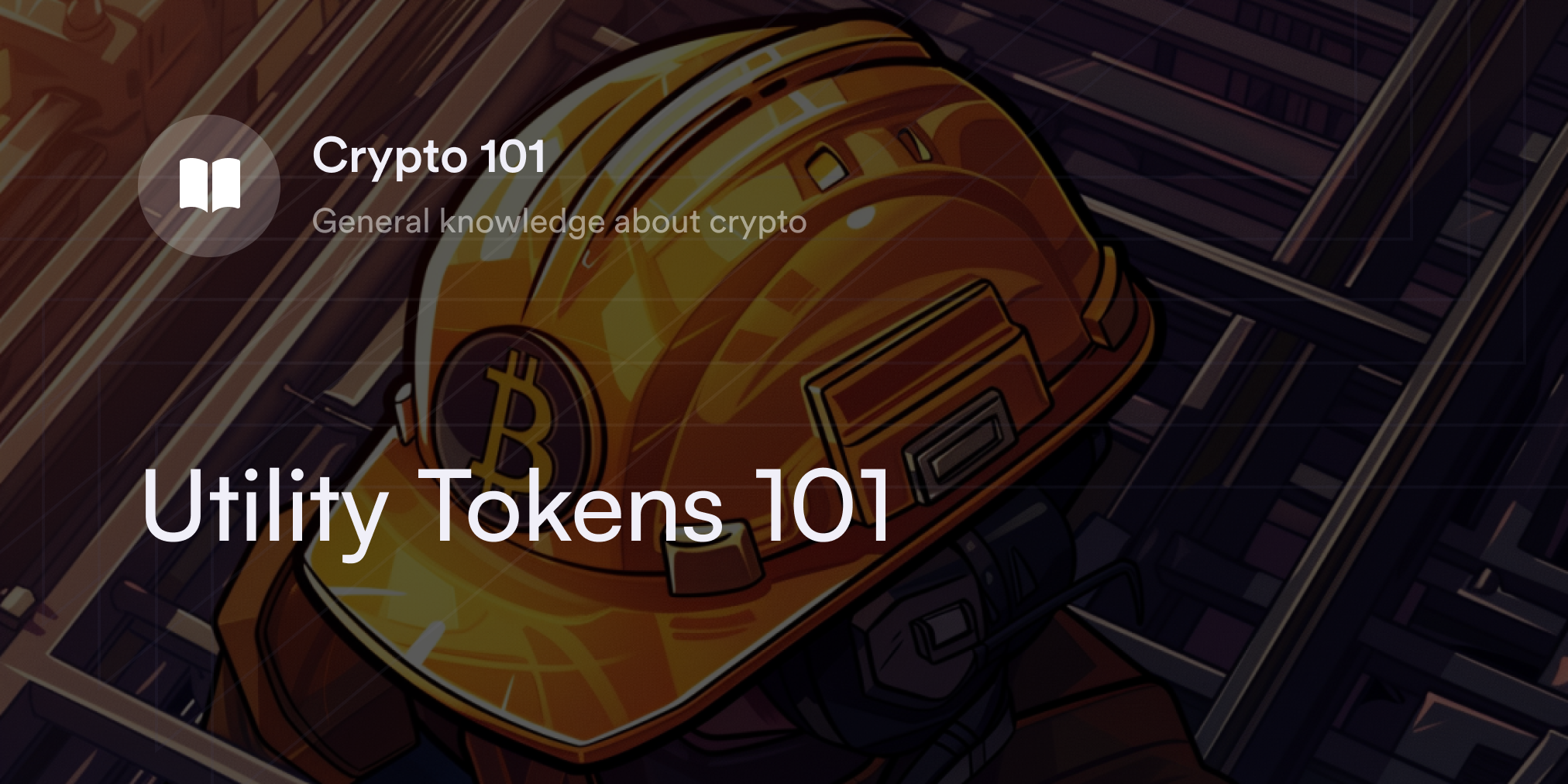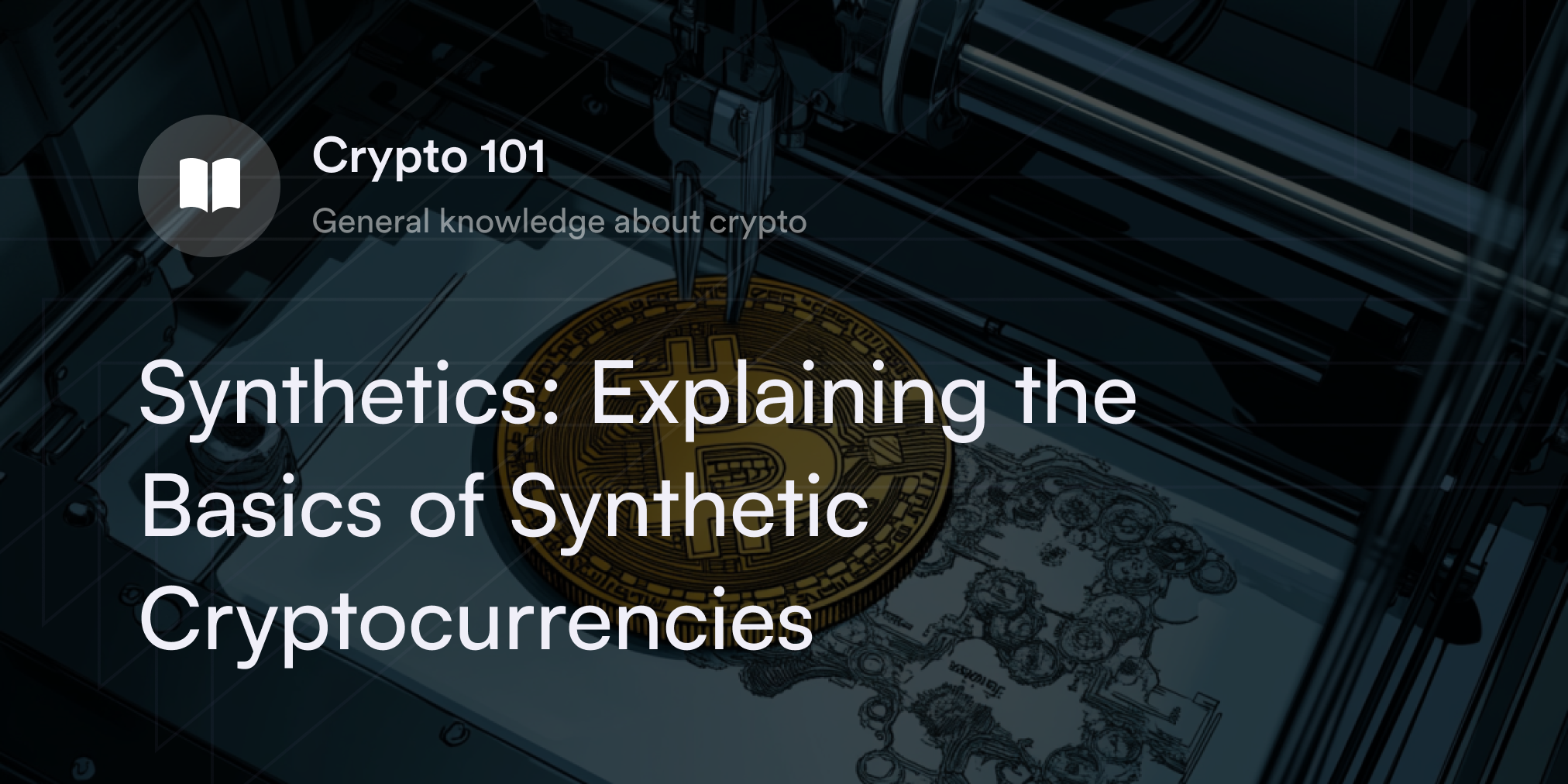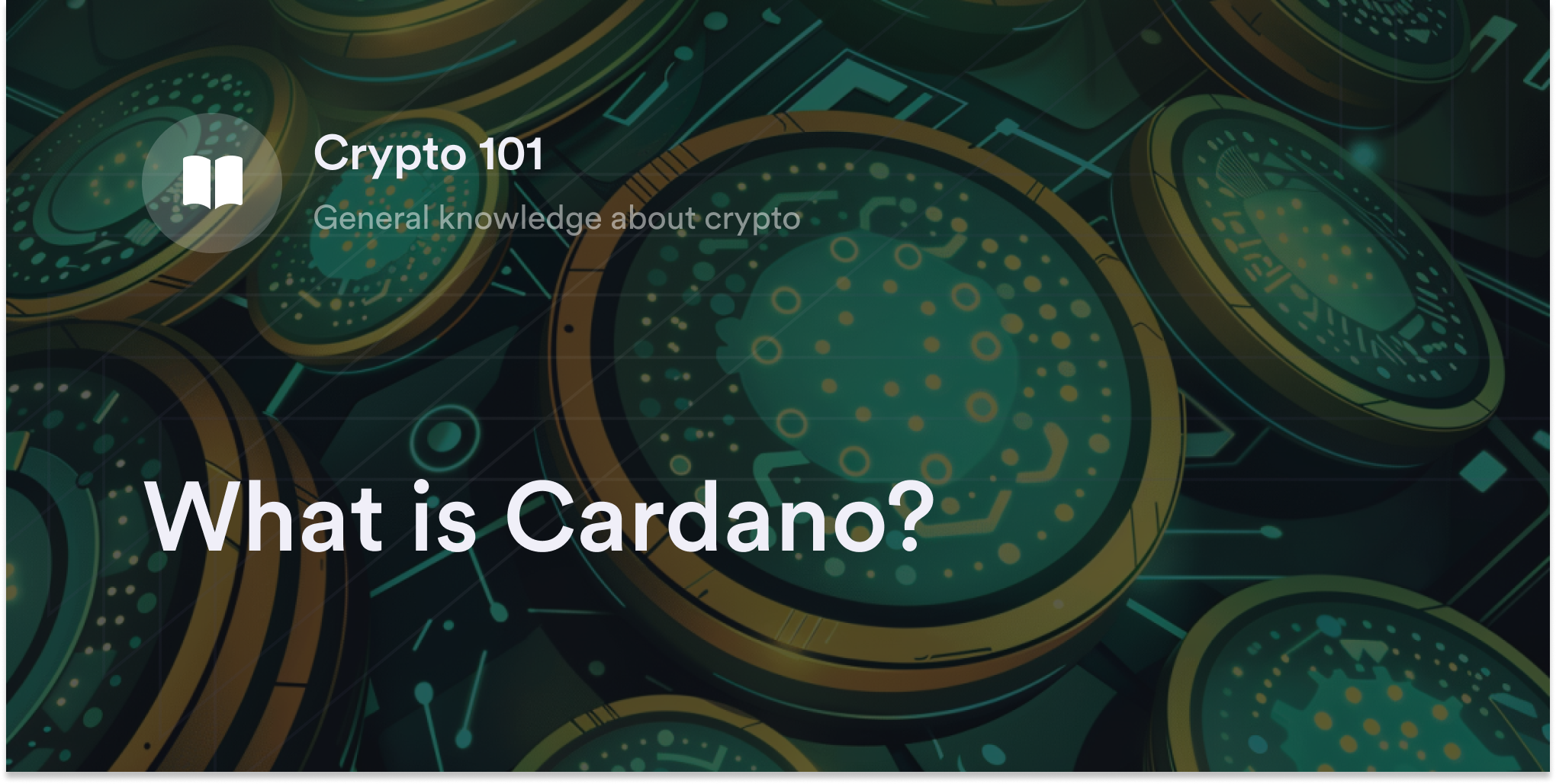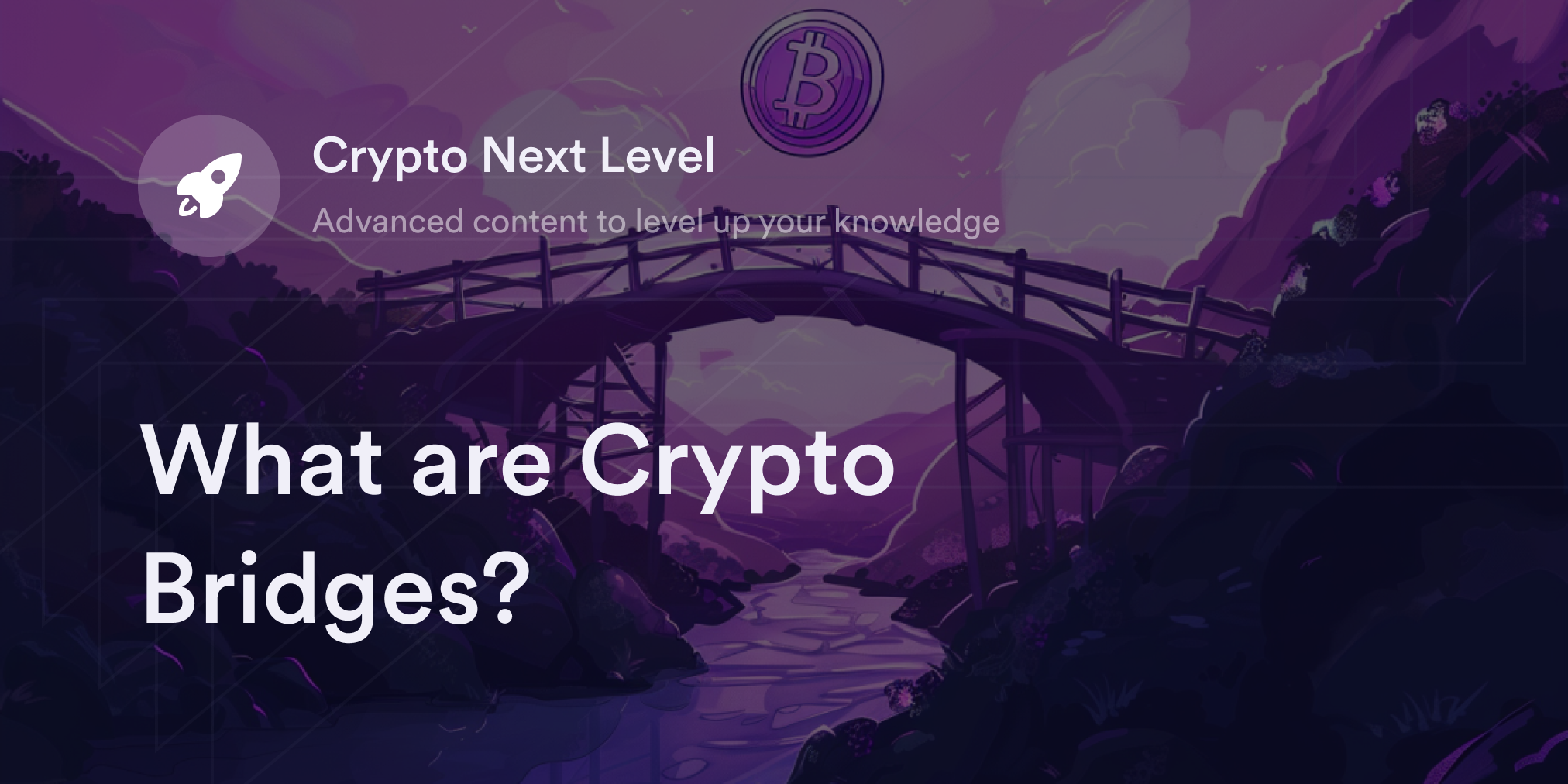


Cryptocurrency blockchains require consensus algorithms to function, with proof-of-work (PoW) and proof-of-stake (PoS) models being the most popular. Although both PoW and PoS are the dominant ways blockchains reach agreements without third parties, they aren't the only methods available to web3 developers. Dozens of other innovative cryptographic algorithms use radically different techniques to confirm transactions, incentivize nodes, and promote network security.
For example, proof-of-burn (PoB) is a counterintuitive alternative to PoW and PoS built on the theory of blowing up crypto for network decentralization. While PoB has yet to eclipse the PoW or PoS standards, some elements of its architecture already significantly influence web3.
In this guide, we’ll take a closer look at PoB's unique verification system and explore how other chains incorporate "burning" into their algorithms.
What does it mean to burn crypto?
The first step to understanding how PoB works is to define burning in the context of cryptocurrencies. Burning crypto means deliberately and permanently removing a virtual asset from circulation by sending it to an inaccessible crypto wallet (aka a burn or eater address).
Nobody knows the private key to a crypto burn wallet, so any crypto sent to the public address associated with this wallet forfeits their cryptocurrency forever. Although everyone sees the virtual assets in these wallets on public payment ledgers and blockchain explorers, nobody can retrieve these cryptocurrencies.
Burning cryptocurrencies seems like a reckless practice—and it's sometimes a costly mistake for traders—but cryptocurrency projects deliberately destroy digital assets for many reasons. For example, blockchains like Ethereum (ETH) use burning in their gas fee systems to add deflation to their respective cryptocurrencies' tokenomics.
Sometimes, web3 projects use burning to increase their virtual collectibles' scarcity and perceived value, especially with non-fungible token (NFT) projects. Thirdly, burning mechanisms are at the core of how PoB blockchains maintain consensus on their decentralized networks.
What is proof-of-burn in crypto?
First introduced by computer scientist Iain Stewart in 2012, PoB is a consensus algorithm used on cryptocurrency blockchains to verify transactions without centralized intermediaries. The defining feature of the PoB framework is it requires all computers (aka nodes) to burn cryptocurrency before joining the blockchain.
PoB blockchains have a designated eater address where nodes send the chain's native cryptocurrency to be removed from circulation. Once these crypto transactions register on the PoB's official payment ledger, the node that burned virtual assets has the opportunity to earn crypto rewards by publishing and verifying blocks of transactions on the PoB's blockchain.
How do proof-of-burn blockchains work?
PoB shares a few traits with the PoW and PoS models, but it distinguishes itself with its token burn requirements. By sending cryptocurrency to a designated burn address, nodes on a PoB blockchain prove their commitment to the protocol and gain the right to validate transactions. Token burns serve as a badge or downpayment for PoB nodes to join a blockchain network, compete to publish new blocks, and receive crypto rewards.
In contrast, nodes on a PoW blockchain use electricity to prove the validity of their protocol's cryptographic computations, while PoS nodes lock (aka stake) cryptocurrency on their blockchains to gain the right to participate in network validation.
PoB nodes take a financial stake in their blockchains by buying and deleting digital assets rather than investing in high-powered machines (aka mining rigs) or locking a cryptocurrency on a blockchain. PoB blockchains also usually reward miners who regularly burn cryptocurrency with higher chances of validating blocks, encouraging consistency for their validation process versus sporadic lump sum commitments.
Each PoB blockchain has unique specifications, but they often give nodes that burn the highest quantities of cryptocurrency the greatest odds of receiving block rewards. This reward mechanism is similar to how PoW miners with more electrical power—or PoS nodes with larger stakes—are more likely to confirm blocks and win crypto compensation.
Pros and cons of proof-of-burn blockchains
PoB promises unique benefits versus the PoW and PoS standards, but a few limitations hold PoB back from mainstream adoption. Before crypto traders choose to burn virtual coins and claim PoB rewards, they should consider the pros and cons of PoB in the blockchain sector.
Pros of PoB chains
Encourage energy efficiency
In the PoB model, there's no need to run costly and energy-intensive mining rigs found on PoW blockchains like Bitcoin (BTC) and Litecoin (LTC). Instead of solving complicated algebraic equations as a form of proof, PoB uses crypto burning as a form of commitment, dramatically cutting the resource requirements for participating in block creation.
Promote long-term commitment
PoB nodes must take a financial loss if they want access to the validation process. This deliberate disincentive naturally deters bad actors and forces participating nodes to focus on the long-term value of a PoB blockchain's cryptocurrency.
Increase accessibility
Crypto traders interested in PoB consensus don't need expensive mining rigs or high minimum stakes to earn passive rewards as a PoB validator. As long as crypto traders are willing to buy and burn virtual assets on a PoB chain, they're eligible to join the blockchain's consensus protocol.
Add deflation to digital assets
Since burning takes cryptocurrency out of circulation, it has a natural deflationary aspect on a digital asset's tokenomics. If demand for a PoB digital asset remains constant or rises as its supply continues decreasing, its pre-programmed burning helps drive the cryptocurrency's market price.
Cons of PoB chains
Threat of centralization
Since PoB chains often reward miners who burn the highest amount of cryptocurrency, they tend to favor crypto traders who already have large positions (aka crypto whales). The influence of large PoB nodes threatens decentralization and introduces the threat of network manipulation.
Risk of resource waste
PoB cryptocurrencies are sustainable from an environmental perspective, but there are questions about the sustainability of their tokenomics model. Since burning tokens permanently destroys virtual assets, this system relies on the constant destruction of potential value for network security.
Lack of adoption
Some blockchains like Slimcoin (SLM) use a pure PoB model, but this consensus mechanism remains one of the least popular algorithms in cryptocurrency. The relative lack of adoption for PoB networks means less development, decentralization, and investment in this technology, especially than highly established PoW and PoS networks.
Incentives are less attractive
Participants on a PoB blockchain take on significant upfront risk to validate transactions. Because PoB nodes always lose money in the initial coin burn, traders need the extreme conviction that their long-term returns are worth the guaranteed loss to join the network.
dYdX Chain: A burning hot perps platform
Searching for a scorching derivatives exchange in decentralized finance (DeFi)? Look no further than dYdX Chain. On the Cosmos-based blockchain, eligible traders enjoy fast confirmation speeds and low gas fees for their favorite crypto perpetual swaps. Visit dYdX's official blog for more sizzling information on how dYdX Chain works and the latest upgrades to our software.
Also, check out dYdX Academy, our in-house education hub, for more guides on cutting-edge crypto developments, DeFi, and web3 technology.
Start trading on dYdX today.
Disclosures
The content of this article (the “Article”) is provided for general informational purposes only. Reference to any specific strategy, technique, product, service, or entity does not constitute an endorsement or recommendation by dYdX Trading Inc., or any affiliate, agent, or representative thereof (“dYdX”). Use of strategies, techniques, products or services referenced in this Article may involve material risks, including the risk of financial losses arising from the volatility, operational loss, or nonconsensual liquidation of digital assets. The content of this Article does not constitute, and should not be considered, construed, or relied upon as, financial advice, legal advice, tax advice, investment advice, or advice of any other nature; and the content of this Article is not an offer, solicitation or call to action to make any investment, or purchase any crypto asset, of any kind. dYdX makes no representation, assurance or guarantee as to the accuracy, completeness, timeliness, suitability, or validity of any information in this Article or any third-party website that may be linked to it. You are solely responsible for conducting independent research, performing due diligence, and/or seeking advice from a professional advisor prior to taking any financial, tax, legal, or investment action.
You may only use the dYdX Services in compliance with the dYdX Terms of Use available here, including the geographic restrictions therein.
Any applicable sponsorship in connection with this Article will be disclosed, and any reference to a sponsor in this Article is for disclosure purposes, or informational in nature, and in any event is not a call to action to make an investment, acquire a service or product, or purchase crypto assets. This Article does not offer the purchase or sale of any financial instruments or related services.
By accessing this Article and taking any action in connection with the information contained in this Article, you agree that dYdX is not responsible, directly or indirectly, for any errors, omissions, or delays related to this Article, or any damage, injury, or loss incurred in connection with use of or reliance on the content of this Article, including any specific strategy, technique, product, service, or entity that may be referenced in the Article.







